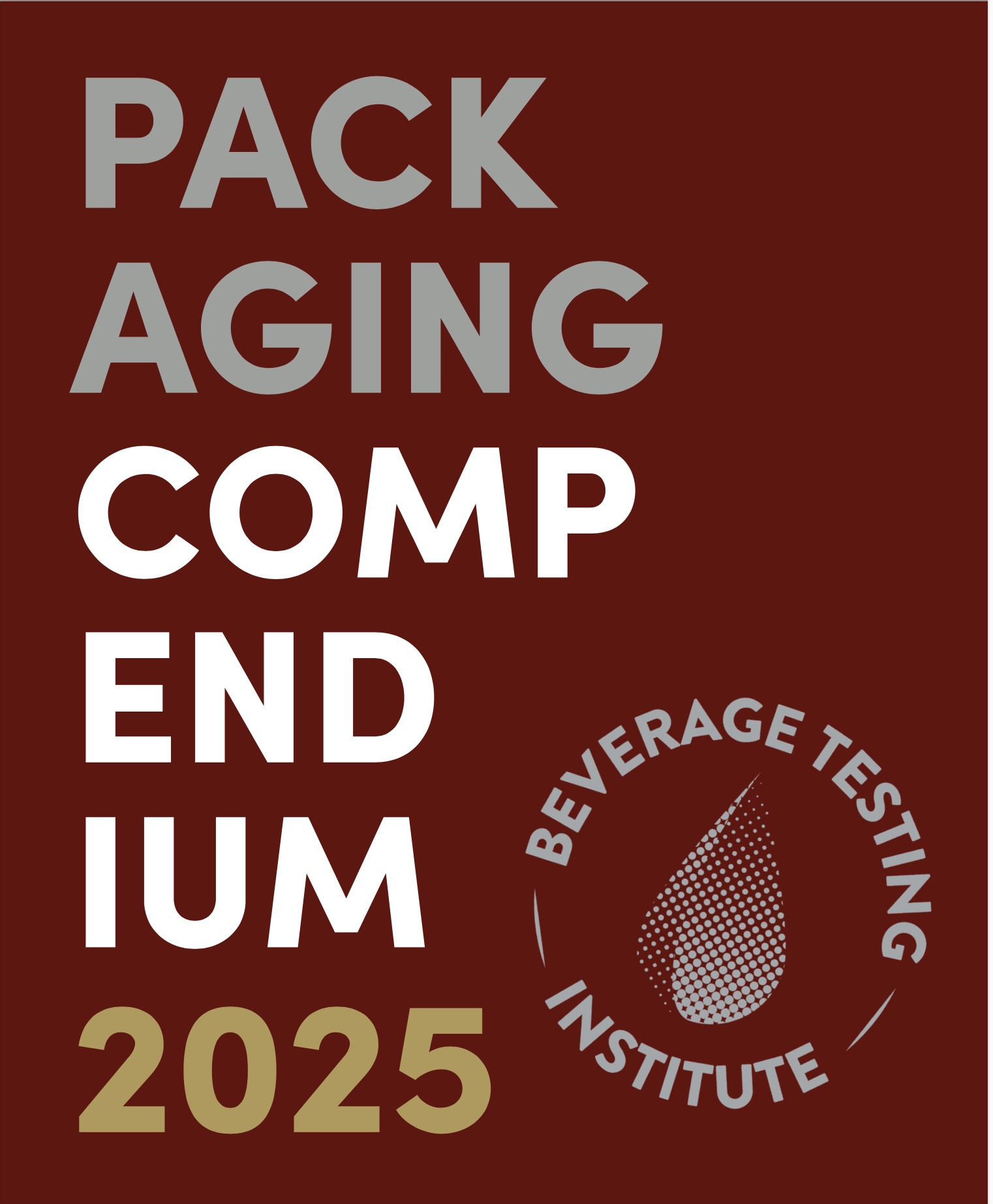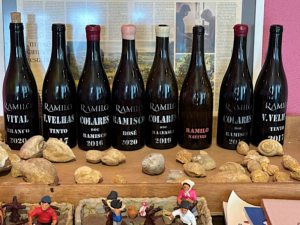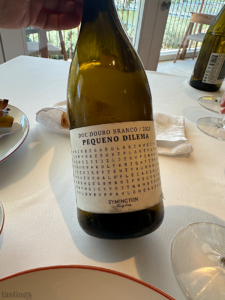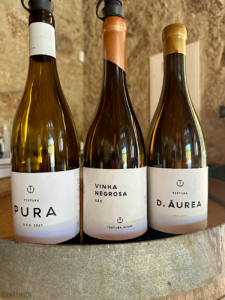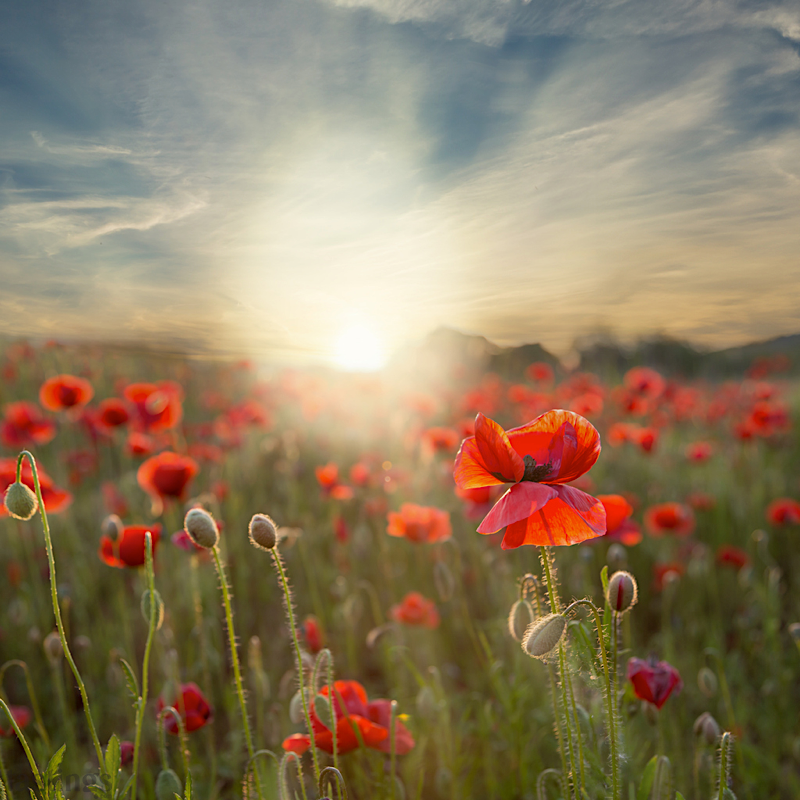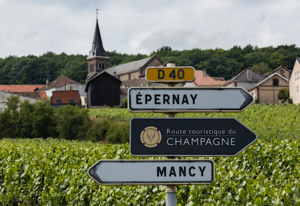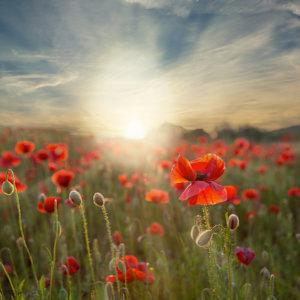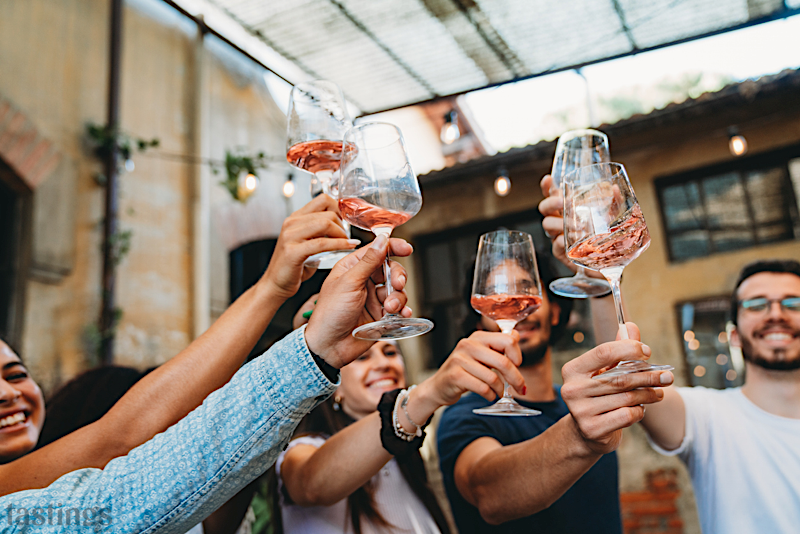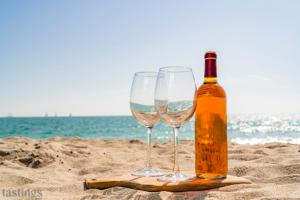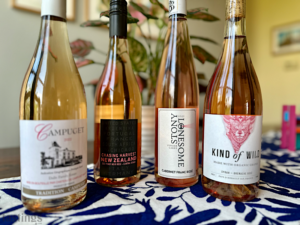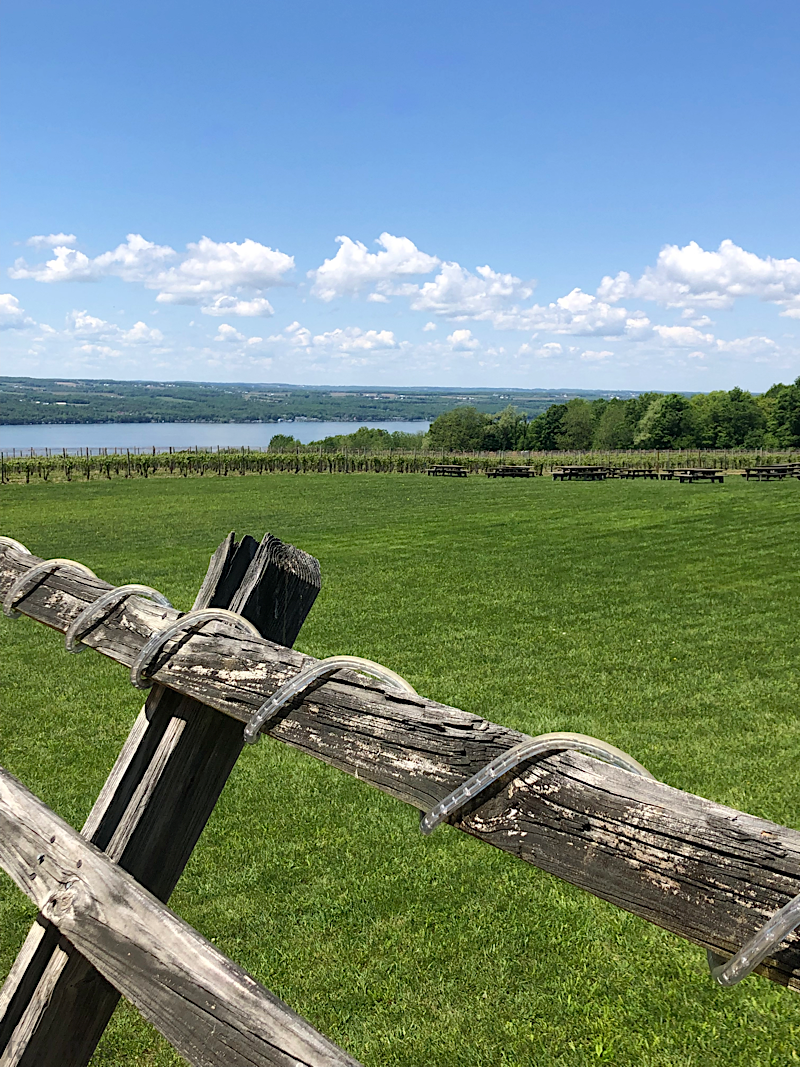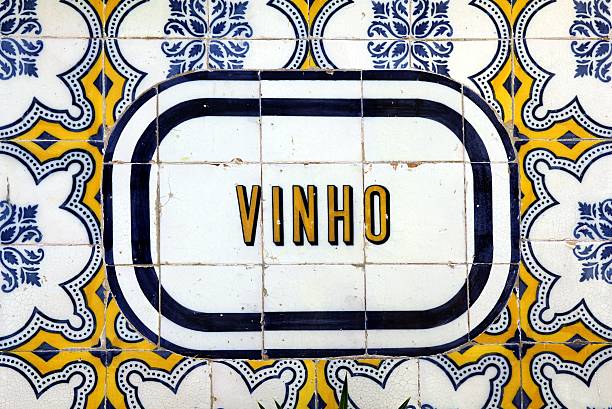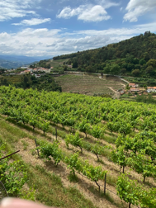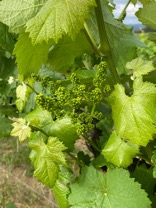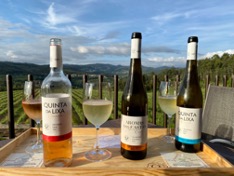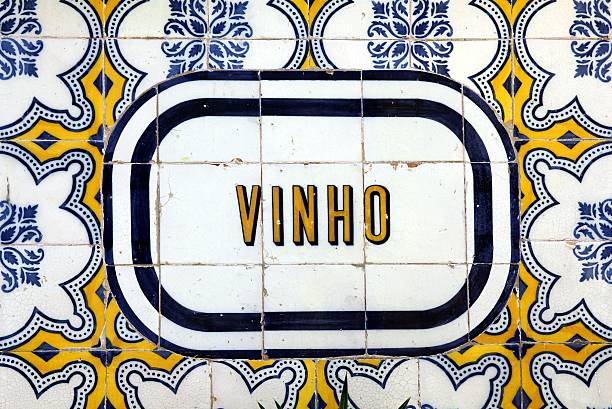Kristy Wenz is a freelance writer who has both written for and judged wines with the Beverage Testing Institute. Kristy began her wine career by working as a writer and brand consultant in the Finger Lakes in 2015. She was also a past participant in the annual, invitation-only Finger Lakes Riesling Camp in 2020. Over the past nine years, Kristy has continued to serve as a freelance writer and brand ambassador for the region, and is sitting on a Cabernet Franc panel at an event in California this spring as a representative for Finger Lakes’ Cabernet Franc.
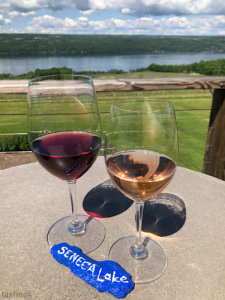
If you mention the “Finger Lakes” or “FLX” region of New York to anyone in the wine industry, chances are they’re familiar with the region – particularly, the Rieslings. Ask a consumer, and well, the results are mixed; although a farsight more wine drinkers today are familiar with this cool climate region in west-central New York than they were even a decade ago.
I first unintentionally discovered the Finger Lakes in 2011, on a return visit from a road trip to the East Coast. I ended up spending several days visiting wineries across the three primary grape-growing lakes, Cayuga, Seneca and Keuka. What I discovered: a dynamic and collaborative community, and the most promising domestic wine region east of the Mississippi. I have since returned to the Finger Lakes at least a dozen times over the years, and the wine industry has continued to make dramatic strides in quality, renown, innovation, sustainability, and even international exports, all of this while managing the vintage variation challenges of a cool climate region in a changing global climate environment.
So, as we’re now a decade of vine growth and development past the devastating winter of 2014, which left behind millions of dollars of damage in the Finger Lakes vineyards, let’s take a look at the state of the industry today.
The Finger Lakes AVA
The Finger Lakes, of which there are 11, were carved thousands of years ago by successive waves of glaciers, creating cuts as deep as 618 feet below sea level. The lakes are vital to viticulture as they help to moderate temperatures in this cool climate region. The Finger Lakes American Viticultural Area (AVA) which sits at a latitude of 43-degrees north (for reference, Bordeaux sits at 44-degrees north) was established in 1982, with two sub-AVAs to follow, the Cayuga Lake AVA in 1988, and the Seneca Lake AVA in 2003. Today the region is home to almost 150 wineries and 11,000 acres of vineyards.
The Finger Lakes region boasts a unique grape growing climate with a growing season around 195-days owing to the temperature moderation of its deep, freshwater lakes that stretch across the landscape. Seneca Lake is the largest of the three main grape-growing lakes and is more than 600-feet deep with elevations rising to 445 feet above its shores. Cayuga Lake, is the next deepest at 430-feet deep with hills rising to elevations near 400-feet. Keuka Lake, the smallest of the three is around 180-feet deep, but its hills are the steepest ranging up to 715-feet above the shore.
These lakes, particularly Seneca Lake, create microclimates where warmer air currents protect vineyards from extreme cold, extending the growing season and nurturing the development of flavorful grapes. One of the warmest microclimates, the “banana belt” sits along the eastside of Seneca Lake where temperatures near the water can range up to 20-degrees warmer than elsewhere along the lake. Additionally, the diverse soils of the Finger Lakes, ranging from shale and limestone to gravel and clay, provide a rich tapestry for viticulture, offering vintners a broad spectrum of terroirs to cultivate distinctive wines, reflective of the region’s character and complexity.
And although best known worldwide for their electric, mineral-driven, and age worthy Rieslings, extensive plantings of Chardonnay, Cabernet Franc, Pinot Noir, and even Cabernet Sauvignon and Syrah are showcased in a variety of noteworthy styles and expressions. The majority of grape growers and wineries in the Finger Lakes today also minimize the use of synthetic sprays and utilize renewable energy for both tasting room and cellar operations. In fact, according to the New York Grape and Wine Foundation, 40 vineyards are currently achieving the NY Sustainable Winegrowing certification, for which a trademarked label will begin appearing on bottles with the 2024 vintage.
Beyond New York
One of the most exciting developments in the last decade is the growing renown and availability of Finger Lakes wines. Not only will you find FLX wines dotting menus and lining boutique wine shop shelves throughout the state of New York (including in Michelin-starred restaurants), but these wines are now much more accessible across the country. Finger Lakes wines can even be found in Europe, Australia and parts of Asia. Additionally, many of the local and homegrown winemakers working in the Finger Lakes have trained in some of the world’s best known wine regions from France and California, to Australia and Germany, bringing back techniques, perspectives, and influence. And just as many of the first names in FLX fame from Dr. Konstantin Frank to Ravine’s Morten Hallgren came from afar specifically to make wines in the region, today vignerons from France, Germany, California, and Australia continue to be drawn to this growing wine region.
Proof is in the Glass
Words can obviously frame a story, paint a picture, and lend context. But there’s no better way to discover the essence of a wine region from its terroir to its culture than to taste the wines. But where to start? Below I’ve highlighted a collection of wineries, some long-established, others new on the scene, that will begin framing the colorful tapestry that is the Finger Lakes.
Not to Miss Seneca Lake Wines

Lakewood Vineyards
With seven decades and three generations of grape-growing experience, Lakewood Vineyards’ brother and sister winemaking team is shaking things up. After working in wineries and vineyards around the world, they’re putting their knowledge to work for the family. From 100 acres of vineyards and 14 grape varieties, Lakewood offers a Finger Lakes wine to suit every palate.
Wines to start with: Reserve Cabernet Franc, Reserve Pinot Noir, 2021 Cabernet Franc, and the 2021 Sidekick
Red Tail Ridge
Red Tail Ridge is a boutique winery located on the western shore of Seneca Lake where winemaker Nancy Irelan crafts small batches of wine from their 52 acres of vineyards. They specialize in cool climate wines made with minimal intervention and a focus on typicity and terroir.
Wines to start with: 2019 Sekt Extra Brut, 2021 Riesling Pet-Nat, and the 2020 Teroldego
Anthony Road
Ann and John Martini have been growing grapes on Seneca Lake since 1973 and producing their own wines since 1990. Located on the western shores of the Lake, today winemaker Peter Becraft makes a range of wines of all styles from the family-managed vineyards.
Wines to start with: Pinot Gris (including the barrel fermented and skin-contact versions), 2016 Art Series Riesling, 2018 Blanc de Noir, and Cabernet Franc
Billsboro
With grapes sourced from Seneca Lake’s banana belt, Anthony Road, and Buttonwood Grove over on Cayuga, winemaker Vinny Aliperti has been crafting some exquisite, dry, European-style wines at this boutique spot since 2007.
Wines to start with: 2022 Sauvignon Blanc and 2022 Syrah
Atwater Vineyard
Atwater is located on 80 acres on the southeastern shore of Seneca Lake in the heart of Finger Lakes Wine Country of New York State. Here owner/winemaker George Nosis makes a wide range of estate wines in a variety of styles with the use of neutral barrels, skin and stem inclusion, and sparkling offerings.
Wines to start with: All the pet-nats, 2021 Grüner Veltliner, the 2022 Dry Rosé of Blaufränkisch,
and the 2021 Cabernet Franc
Lamoreaux Landing Wine Cellars
For three generations, the team at Lamoreaux has been sustainably growing grapes on the east side of Seneca Lake. They have 119 acres of planted vineyards separated into more than 20 different vineyard blocks. Their wines, including those in their sparkling program, are all produced and bottled in-house from this estate fruit.
Wines to start with: 2021 Red Oak, Round Rock, and Yellow Dog Vineyard Rieslings, and the
2021 T23 Unoaked Cabernet Franc (or the T23 Unoaked Cabernet Franc Vertical if you can!).
Must Discover Wineries on Cayuga Lake
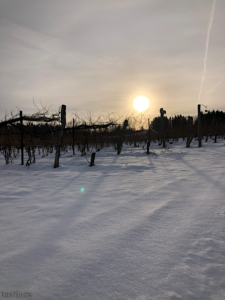
Buttonwood Grove
Dave and Melissa Pittard purchased this long-established vineyard and winery in 2014 and have been crafting classic European vinifera grapes including Chardonnay, Cabernet Franc, Cabernet Sauvignon, Merlot, and Riesling to much deserved acclaim.
Wines to start with: 2020 Frances Amelia Riesling, and all the Cab Francs from the Pet-Nat and Blanc de Franc, to the reserve expressions.
Knapp Winery
A pioneer of the Finger Lakes wine region, Knapp Winery has been producing beloved wines for 40 years. While the FLX is best known for its white wines, Knapp has been producing award-winning red wines since the beginning.
Wines to start with: 2021 Cabernet Franc, Meritage 2021, 2021 Merlot, and the 2021 Saperavi
Hosmer Winery
Hosmer Winery has been producing award-winning, estate-grown wines since 1985. Hosmer Winery is home to the Patrician Verona Vineyard established in 1972, and is comprised of nearly 70 acres of grapes including Pinot Noir, Cabernet Franc, Lemberger, Pinot Gris, Chardonnay, Riesling, and Sauvignon Blanc, among several other natives and hybrids.
Wines to start with: Blanc de Blancs, 2021 Grüner Veltliner and the 2021 Cabernet Franc
Pop the Corks on These Wines from Keuka Lake
Keuka Spring Vineyards
A family-owned winery overlooking Keuka Lake, Keuka Spring both sources grapes from across New York State as well as makes wines from estate vines planted in 1982.
Wines to start with: Semi-sweet Riesling, 2022 Blaufränkisch, 2022 Cabernet Franc, and the 2021 Zweigelt.
Weis Vineyards

Born in Zell Mosel, Germany, winemaker Hans Peter Weis grew up in the vineyards and cellar of his family winery. In the spring of 2016, Peter and his wife Ashlee, a Finger Lakes-native, decided to take the leap and start their own winery, opening up Weis Vineyards.
Wines to start with: Terroir Rieslings, the 2021 Gewürztraminer, and the 2021 Pinot Noir.
Ravines Wine Cellars
A small, family-owned winery in the Finger Lakes wine region of New York State, dedicated to the craft of fine, classical winemaking; wines that express the unique qualities of the vineyard sites, the growing season, and French-born and trained winemaker, Morten Hallgren’s seasoned vision.
Wines to start with: 2017 Sparkling Brut, the Dry Riesling, Argetsinger Vineyard, 2021 Pinot Noir, 2021 Cabernet Franc, and the 2019 Maximilien.
Dr. Konstantin Frank
In 1958, Dr. Konstantin Frank ignited the “Vinifera Revolution” changing the course of winemaking in the Finger Lakes forever. Four generations strong, the Frank family has been leaders of grape growing and winemaking throughout the Finger Lakes. Their estate vineyards on Keuka Lake represent the oldest Riesling, Chardonnay, and Pinot Noir vines in the Eastern United States.
Wines to start with: 2019 Blanc de Noirs, 2019 Blanc de Blancs, 2022 Rkatsiteli, 2021 Eugenia Dry Riesling, 2021 Saperavi, and the 2020 Meritage.

